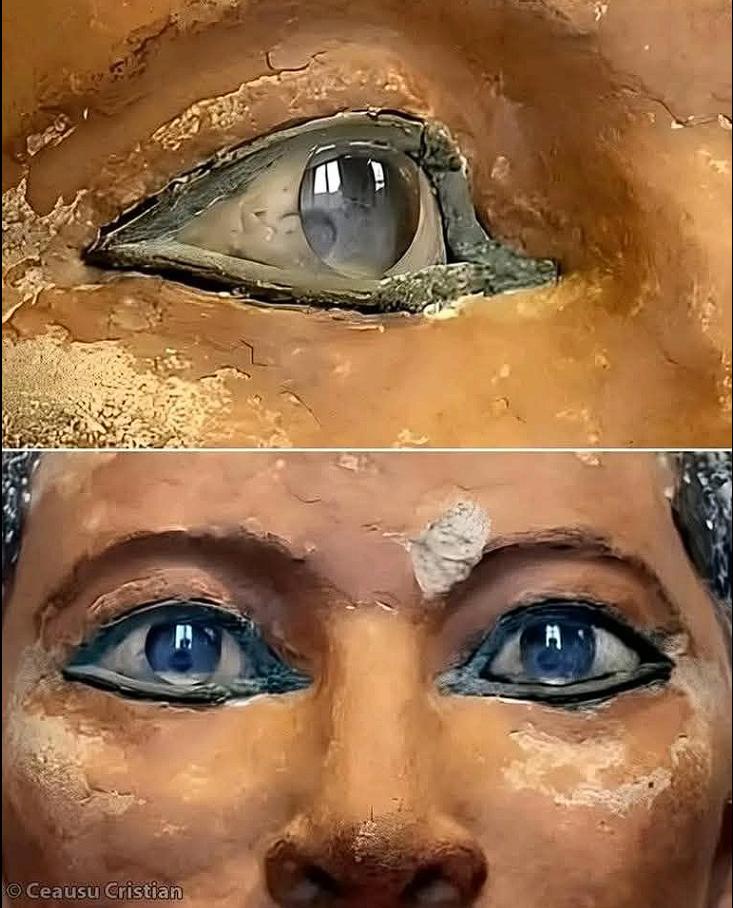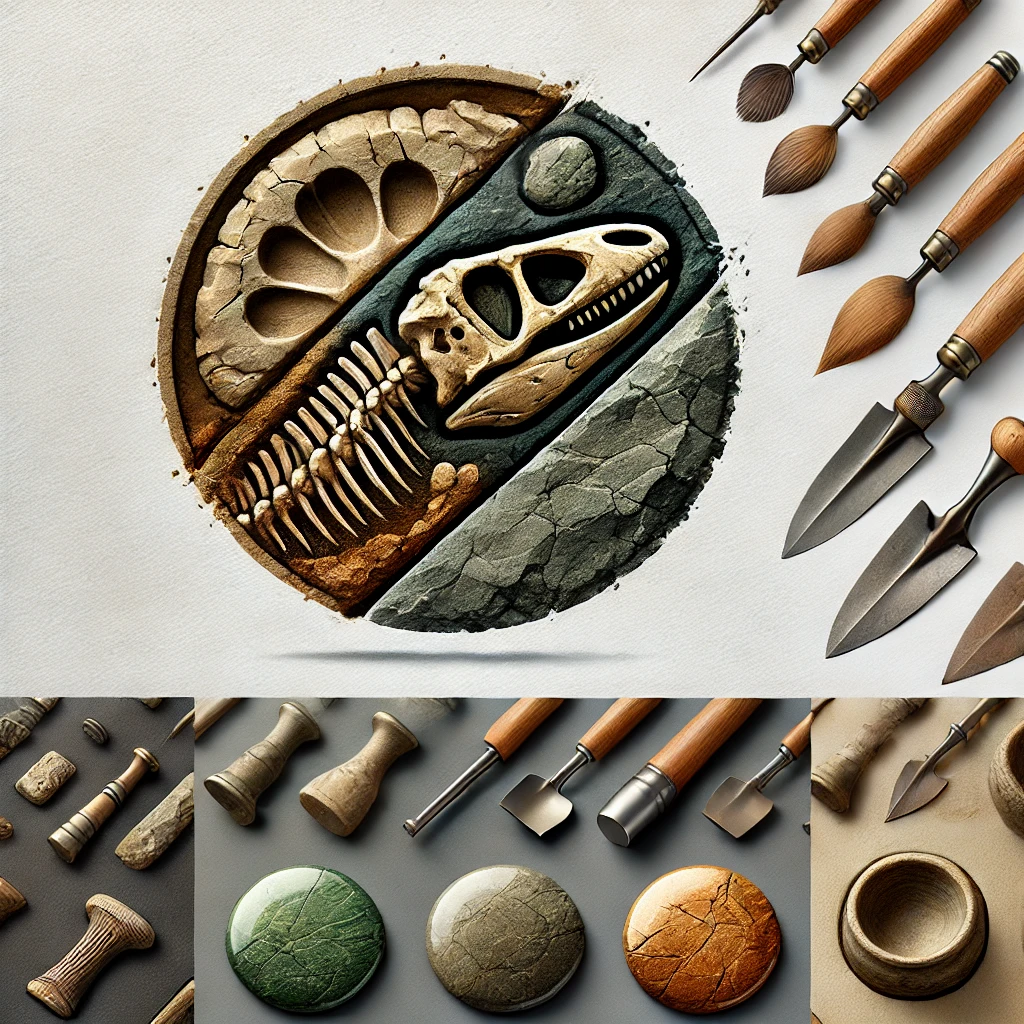The Seated Scribe: A 4,000-Year-Old Gaze That Still Captivates
He sits cross-legged and poised, a stylus once in hand, his body rounded and calm—but it’s the eyes that stop you. Wide, gleaming, alert. For over 4,000 years, The Seated Scribe has watched the world with a gaze so vivid, so arresting, that visitors to the Louvre often find themselves frozen, caught in a moment of silent connection with a man long gone.
This statue, created during Egypt’s Old Kingdom between 2600 and 2350 BCE, is no ordinary relic. It is a masterpiece of realism, a celebration of human presence carved in limestone. And while the figure’s body is meticulously crafted, it’s the astonishing realism of his eyes that lifts him from art to something eerily eternal.

The Eyes That Witnessed Dynasties
Ancient Materials, Modern Impact
The scribe’s eyes are composed of white magnesite with fine red veins, replicating the sclera with startling accuracy. In the center, rock crystal pupils are carefully inset, backed by copper pigment to give depth, life, and an almost watery gleam.
A Glance Across Time
What makes the eyes extraordinary isn’t just the material—it’s the illusion. Egyptian artisans layered crystal over pigment with such precision that, from any angle, the gaze appears responsive and penetrating. It’s a technique few civilizations mastered so early.
Crafted for the Afterlife
In ancient Egypt, statues like this weren’t decorative—they were functional. Designed to house the ka, or spirit, they were vital in rituals of eternal life. The scribe’s eyes weren’t made to merely impress viewers—they were meant to see through eternity.
The Body of a Scribe, Not a Pharaoh
A Realistic Portrait of a Middle-Class Man
Unlike the idealized pharaohs depicted in stiff poses, The Seated Scribe shows a man of flesh and thought. His belly is soft, his chest relaxed. He is human, not divine—a radical shift in Egyptian artistic tradition.
Tools of the Trade
He once held a papyrus scroll on his lap, and though his reed pen is now missing, his poised hands still suggest mid-action. It’s a freeze-frame of intellectual labor, a tribute to the literate class who served the bureaucracy of the ancient state.
Status Without Royalty
Scribes held immense status in ancient Egypt. They were the record-keepers, tax collectors, and clerks of the divine order. This statue immortalizes not a god-king, but a man whose power came from words, not war.
From Ancient Tomb to Louvre Gallery
Discovery Near Saqqara
The statue was discovered in 1850 near the necropolis of Saqqara, just south of Cairo. Its remarkable preservation stunned archaeologists. Unlike many statues found shattered, The Seated Scribe was intact—his eyes unclouded by time.
Arrival in the Louvre
Soon after discovery, the scribe became part of the Louvre Museum’s growing collection of Egyptian antiquities. Today, he sits behind glass, lit just enough to reveal the shimmer in his gaze—still alert, still watchful.
A Global Icon
Over the decades, this statue has become one of the Louvre’s most famous Egyptian works. Reproductions are common in museums, books, and even fashion. But none capture the unsettling intimacy of the original.
Why The Seated Scribe Still Matters
A Testament to Ancient Skill
The scribe’s stare is not accidental. It’s the result of deeply advanced craftsmanship, revealing how Egyptian artisans mastered optical illusion, depth, and realism thousands of years before the Renaissance.
A Face of the Forgotten
We don’t know the scribe’s name. He was not a king, not a warrior, but his image outlived dynasties. In his silence, he represents countless literate workers who recorded Egypt’s golden age.
Art That Speaks
In a museum full of grand pharaohs and colossal gods, this humble man connects most directly. He doesn’t command; he watches. His lifelike gaze is a bridge—not just to the past, but to the universal human experience of being seen and remembered.
Conclusion: The Eternal Observer
More than 4,000 years after he was carved, The Seated Scribe still watches. His eyes, crafted with care and spiritual intent, do what most art can only dream of: they look back.
In a world of fleeting images and digital screens, this ancient figure reminds us of the power of presence. He sat down to write—and in doing so, became immortal.

CÁC TIN KHÁC
Mary Walton: The Forgotten Inventor Who Helped Clean Up America’s Cities
Tomb of Queen Nefertari in the Valley of the Queens, Egypt
Discover the Hypostyle Hall of the Temple of Hathor at Dendera
Venus de Losange: Unveiling the Mystery of a 20,000-Year-Old Paleolithic Icon